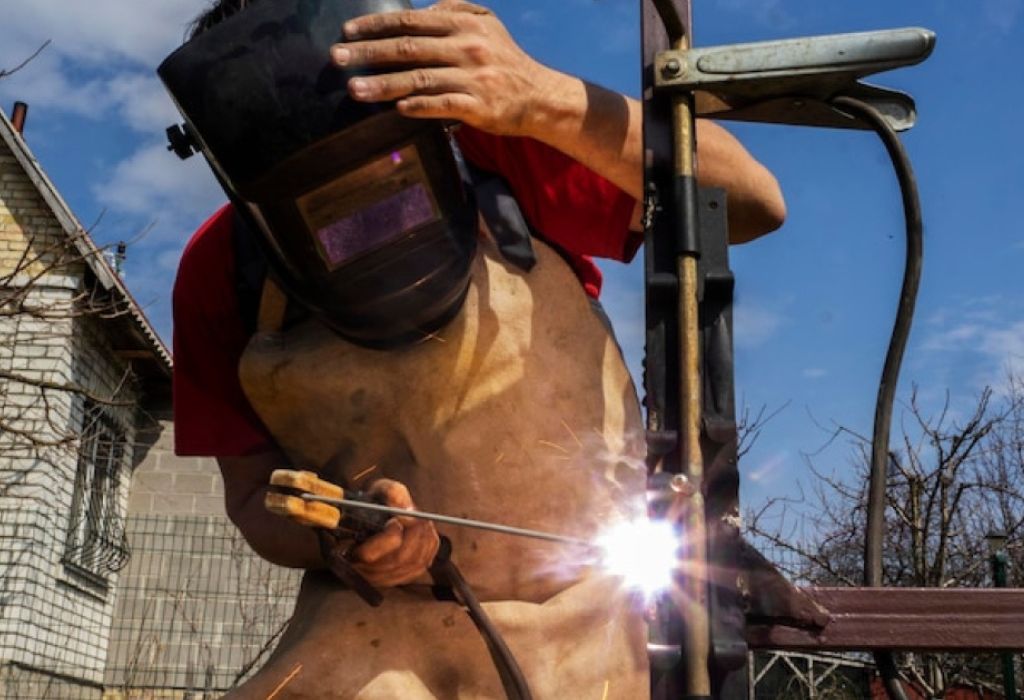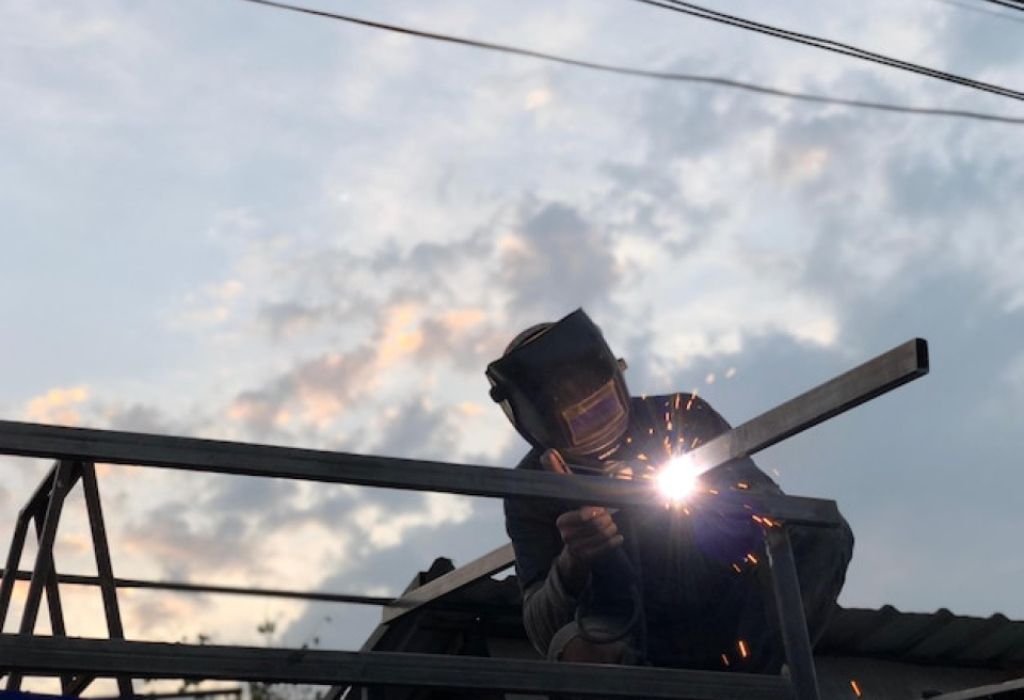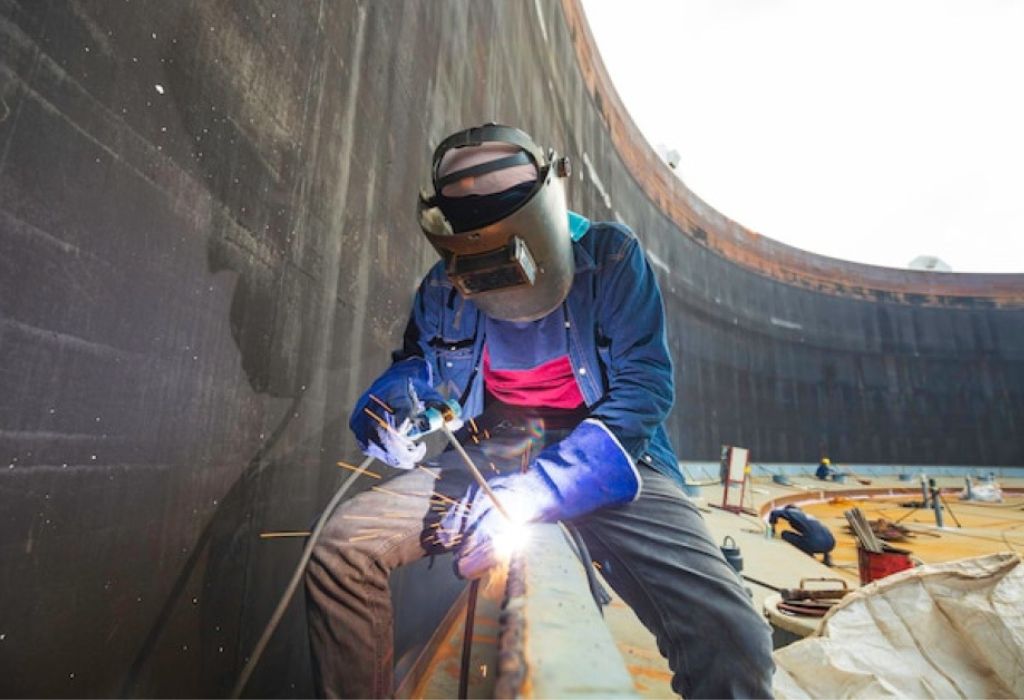The sound of sparks echoes across a welding shop in Phoenix, where students in heavy gloves practice beads on steel plates.
For many, this is the first step toward a career that combines hands-on skill with long-term job security.
The path may look complex, but in Arizona there are clear ways to move from beginner to professional welder.
Many newcomers ask how long it takes, what type of training is needed, and whether special licenses apply.
The answer depends on the route chosen, but every option in Arizona leads toward nationally recognized skills and certifications. Confusion often comes from mixing up training programs, certifications like AWS, and state contractor licensing
. Breaking these down makes the process far less intimidating.
According to the U.S. Bureau of Labor Statistics, the welding trade is expected to generate around 45,600 openings per year across the next decade, largely due to retirements and replacements, even though overall growth is modest
. In Arizona, the state Department of Economic Security highlights Registered Apprenticeships as a proven path, offering “earn while you learn” opportunities where workers are paid during training.
Arizona also has community colleges and trade schools aligned with AWS, ASME, and API standards, ensuring students meet the same codes used in the field.
These programs range from short bootcamps to full associate degrees. Meanwhile, apprenticeships combine classroom learning with thousands of hours of supervised on-the-job training.
By understanding how certifications, apprenticeships, and licensing work together, anyone can chart a clear course to welding success in Arizona.
This guide explains each step in detail, so beginners know exactly what to expect.
The Quick Answer: How to Become a Welder in Arizona

Starting a welding career in Arizona requires meeting basic eligibility like a high school diploma or GED, a strong safety mindset, and readiness for hands-on training. From there, you can choose a trade school program, join a Registered Apprenticeship, or start as a shop helper while earning certifications like the AWS Certified Welder.
Unlike some states, Arizona does not require a state-issued welder license for employees. However, if you plan to operate a welding business that contracts directly with the public, you must obtain a license from the Arizona Registrar of Contractors (ROC).
Q&A:
What is the fastest way to get started?
A short welding bootcamp plus AWS testing can make you employable within months.
Do welders need state licensing in Arizona?
No, only contractors working independently need an ROC license.
Do apprentices earn money while training?
Yes, Arizona apprenticeships are paid programs with wage progressions.
How long does it take to reach journeyman level?
Most apprenticeships last 3–4 years with thousands of OJT hours.
Is AWS certification required by law?
No, but many employers require it as proof of skill.
Choose Your Arizona Training Path
Community College & Trade School Programs
Arizona’s community colleges offer welding certificates and associate degrees with strong employer ties. Programs at GateWay CC, Mesa CC, Pima CC, and Arizona Western train students under AWS and ASME standards.
Do colleges align with welding codes?
Yes, they follow AWS D1.1, ASME IX, and API 1104 standards.
Can schools help with job placement?
Most have employer partnerships and career services.
How fast can I enroll?
Some programs offer year-round start dates.
Is OSHA-10 included?
Many short courses bundle OSHA-10 safety cards.
Do schools provide AWS testing?
Yes, many partner with Accredited Testing Facilities.
Registered Apprenticeship in Arizona
Arizona runs Registered Apprenticeship Programs that combine paid on-the-job training with classroom hours. Apprentices earn wages that increase as they complete milestones.
How do I find apprenticeship openings?
Search the Arizona DES Apprenticeship website.
Do unions sponsor welding apprenticeships?
Yes, unions like UA Local run multi-year programs.
When do apprentices get raises?
Raises are tied to hours worked and skill achievements.
Can prior experience reduce apprenticeship time?
Sponsors may credit verified hours.
Is AWS certification part of apprenticeship?
Yes, many apprentices earn AWS qualifications during training.
Entry-Level Helper → On-the-Job Route
Some welders start as shop helpers, assisting with tools and preparation before learning to weld. Over time, employers may pay for certification tests and formal training
Can I get certified while working?
Yes, many employers sponsor AWS testing after probation.
Is this slower than school or apprenticeship?
It can be, but you earn from day one.
Do helpers need special licensing?
No, only contracting businesses need ROC licenses.
Do shops require OSHA training?
Yes, most employers want basic safety cards.
Do I need my own tools?
Basic PPE and starter tools are usually required.
Certifications & Qualifications That Matter in Arizona

AWS Certified Welder (CW)
The AWS Certified Welder (CW) credential is performance-based, meaning you pass by producing a code-compliant weld. It has no prerequisites and is accepted nationwide.
Is AWS CW required in Arizona?
Not by law, but most employers prefer it.
How long does AWS testing take?
It can be done in a single day at an ATF.
Does certification expire?
Continuity must be maintained through active welding.
Which process should beginners start with?
SMAW or GMAW plate are the most common entry options.
Can AWS CW transfer to other states?
Yes, it is nationally recognized.
Code Qualifications: ASME IX, API 1104, AWS D1.1
Arizona employers often require welders to qualify under industry codes like ASME Section IX, API 1104, or AWS D1.1. These tests prove ability in pipe welding, structural steel, or pressure vessel work.
Which code should I test for first?
Match your choice to the industry—structural, pipe, or energy.
Are employer tests different from AWS CW?
Yes, they are tied to specific procedures and projects.
Do these tests require NDE?
Often, employers include non-destructive testing requirements.
Are multiple positions required?
Yes, tests often include 3G/4G for plate or 6G for pipe.
Who keeps the qualification records?
The employer’s QA department maintains test records.
Arizona Contractor Licensing: When It Applies
Employee welders do not need a license, but contractors working independently must obtain one. The Arizona Registrar of Contractors (ROC) issues licenses for businesses that provide welding and fabrication services.
Do shop welders need ROC licensing?
No, only contracting businesses require it.
Which license applies to welders?
It depends on the type of fabrication or construction performed.
How do you apply for ROC licensing?
Applications go through the ROC Customer Portal.
Is experience required?
Yes, the ROC requires specific verified experience hours.
Do you need a Qualifying Party?
Yes, a QP is needed to verify technical knowledge.
Costs, Timelines, and Expectations
Welding costs and timelines vary by pathway. Bootcamps last a few hundred hours, college programs take 1–2 years, and apprenticeships run 3–4 years.
Q&A:
Which is cheapest upfront?
Apprenticeships are free and paid, while schools require tuition.
How fast can you become employable?
A bootcamp plus AWS certification can take months.
Will GI Bill cover welding training?
Many Arizona colleges accept VA benefits.
Are tools included in tuition?
Usually not; students need their own PPE.
Do colleges offer night classes?
Yes, many offer evening lab schedules.
Arizona Job Market & Outlook
The national outlook projects 45,600 welding job openings per year through 2034. In Arizona, demand is supported by new training centers like West-MEC’s welding facility, showing local investment in the trade
What industries hire welders in Arizona?
Construction, mining, energy, manufacturing, and defense.
Are Phoenix and Tucson main hubs?
Yes, these cities have the largest programs and employers.
Do welders travel for work?
Yes, many field jobs require statewide or out-of-state travel.
Can Arizona welders move to other states?
Yes, AWS credentials transfer nationally.
Is overtime common?
Yes, especially during outages and shutdowns.
Step-by-Step Checklist: Your First 90 Days

- Pick your pathway—school, apprenticeship, or helper role.
- Complete OSHA-10 and gather PPE.
- Schedule AWS Certified Welder testing.
- Apply to apprenticeships via Arizona DES.
- Track hours and build a welding photo portfolio.
- Which certification first?
- Start with AWS plate testing.
Do I need math skills?
Yes, blueprint reading and fractions are essential.
How many applications should I submit?
At least 10–15 targeted job applications.
What questions appear in interviews?
Safety awareness and reliability are common.
How to stand out?
Show certifications, punctuality, and welding samples.
Common Mistakes in Arizona
Many beginners confuse AWS certification with ROC licensing. Others skip apprenticeships or fail to document continuity for welding qualifications.
Do employees need a contractor license?
No, only contractors require it.
Are out-of-state credentials valid?
Yes, if they meet AWS or employer code standards.
What if I fail a test?
You can retest after additional practice.
Do all jobs require TIG?
No, many entry-level roles use MIG or Stick.
Should I buy expensive tools early?
No, start with reliable PPE and upgrade later.
Conclusion
To become a welder in Arizona, start by choosing between trade school, apprenticeship, or entry-level helper roles. Add an AWS Certified Welder test to prove skills, gain thousands of hours of OJT, and pursue ROC licensing only if contracting independently.
Arizona’s strong training pipeline and steady demand make it an excellent place to start a welding career. With the right mix of certifications, safety training, and persistence, beginners can move from shop helpers to skilled journeymen in just a few years.

I’m Darrell Julian, the founder, lead writer, and hands-on welding enthusiast behind ArcWeldingPro.com. With more than 15 years of real-world welding experience, I created this platform to share what I’ve learned in the field, in the shop, and in the heat of the arc.


